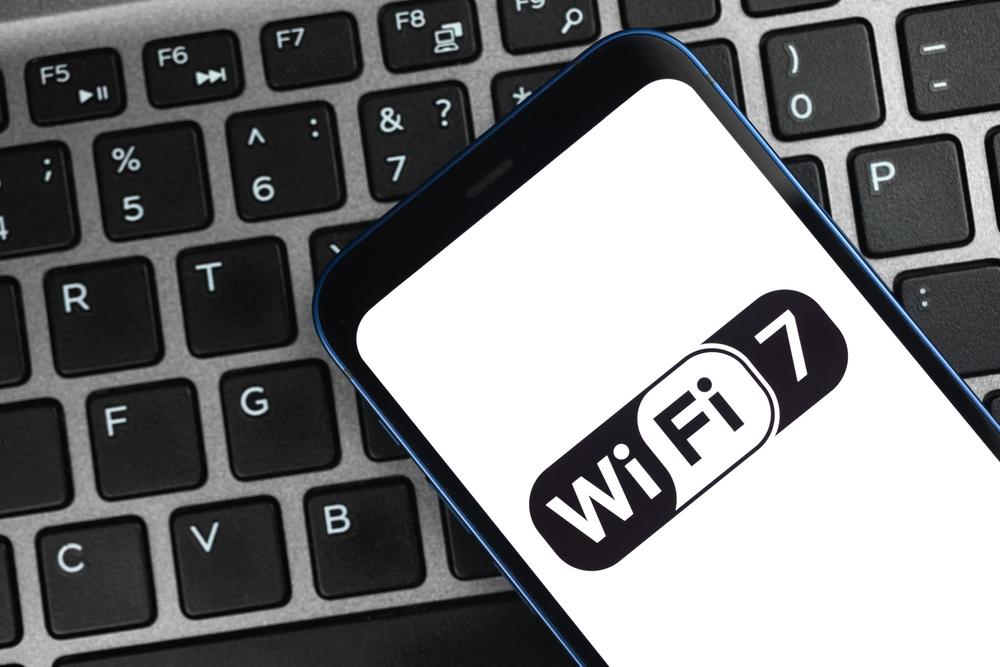
You might not know or believe it, but Windows 11 currently doesn’t support Wi-Fi 7, despite the already-shipping routers that have begun to take over the list of best routers, or USB4 version 2.0. Microsoft has started integrating Wi-Fi 7 support into Windows 11, reports XDA. Just last month, the Wi-Fi Alliance introduced the Wi-Fi Certified 7 program, so it is about time Microsoft started working to add Wi-Fi 7 support to its operating system.
Microsoft is currently testing Wi-Fi 7 support in the Windows 11 Insider Preview Build 26063, released in the Canary Channel. This testing phase is crucial for ensuring the seamless integration and functionality of Wi-Fi 7 within the Windows 11 ecosystem. Alongside Wi-Fi 7, Microsoft has also announced upcoming support for the USB4 Version 2.0 specification in Windows 11, which promises increased USB transfer speeds of up to 80 Gbps over USB Type-C cables.
To harness the capabilities of Wi-Fi 7, users will need both an access point and a computer compatible with the new standard. By now, many vendors have already introduced Wi-Fi 7-compatible products to the market, making it accessible for early adopters to upgrade their systems and experience the benefits of this technology.
Wi-Fi 7, or the IEEE 802.11be technology, boasts data transfer speeds of up to 40 Gbit/s, which makes it a compelling option for many users, potentially replacing traditional wired Ethernet connections. It achieves these impressive speeds by using three frequency bands, 2.40 GHz, 5 GHz, and 6 GHz, and expanding channel width to 320 MHz, along with 4096-QAM modulation.
One of the important features of Wi-Fi 7 is the Multi-Link Operation (MLO) support, which significantly improves traffic distribution among links. This results in increased throughput and enhanced reliability, ensuring a smoother and more stable wireless connection. Additionally, adopting the 4096-QAM advanced modulation technique contributes to a 20% increase in transmission rates compared to Wi-Fi 6’s 1024 QAM, further boosting data transfer efficiency.
Also, Wi-Fi 7 builds upon the foundations laid by Wi-Fi 6 and Wi-Fi 6E, incorporating features like MU-MIMO and OFDMA to enhance connection speeds.







